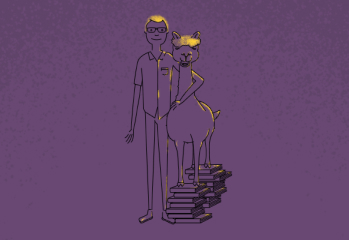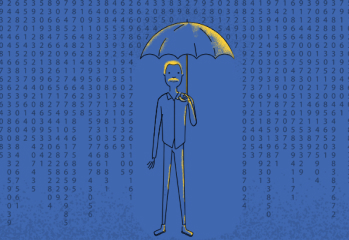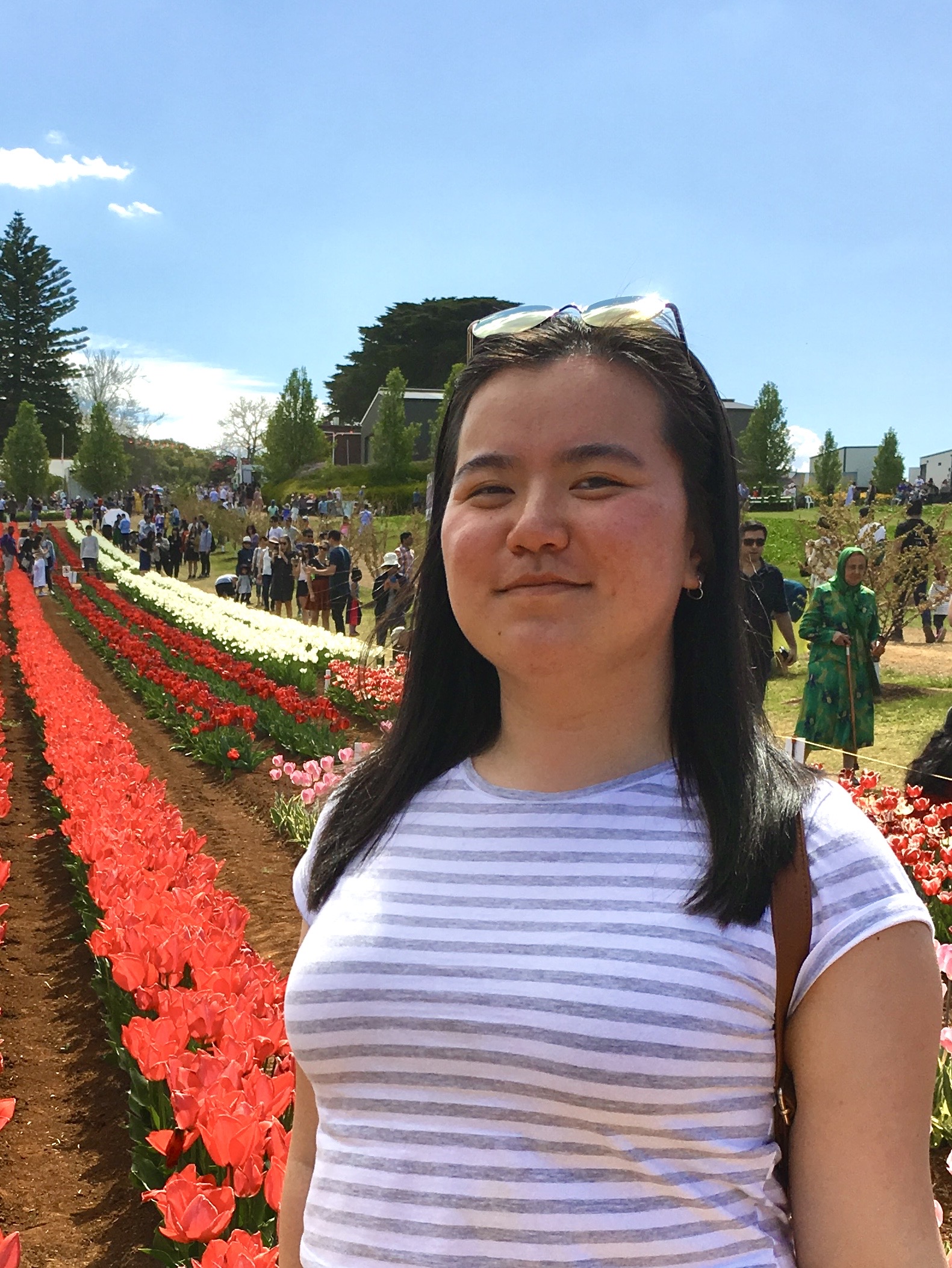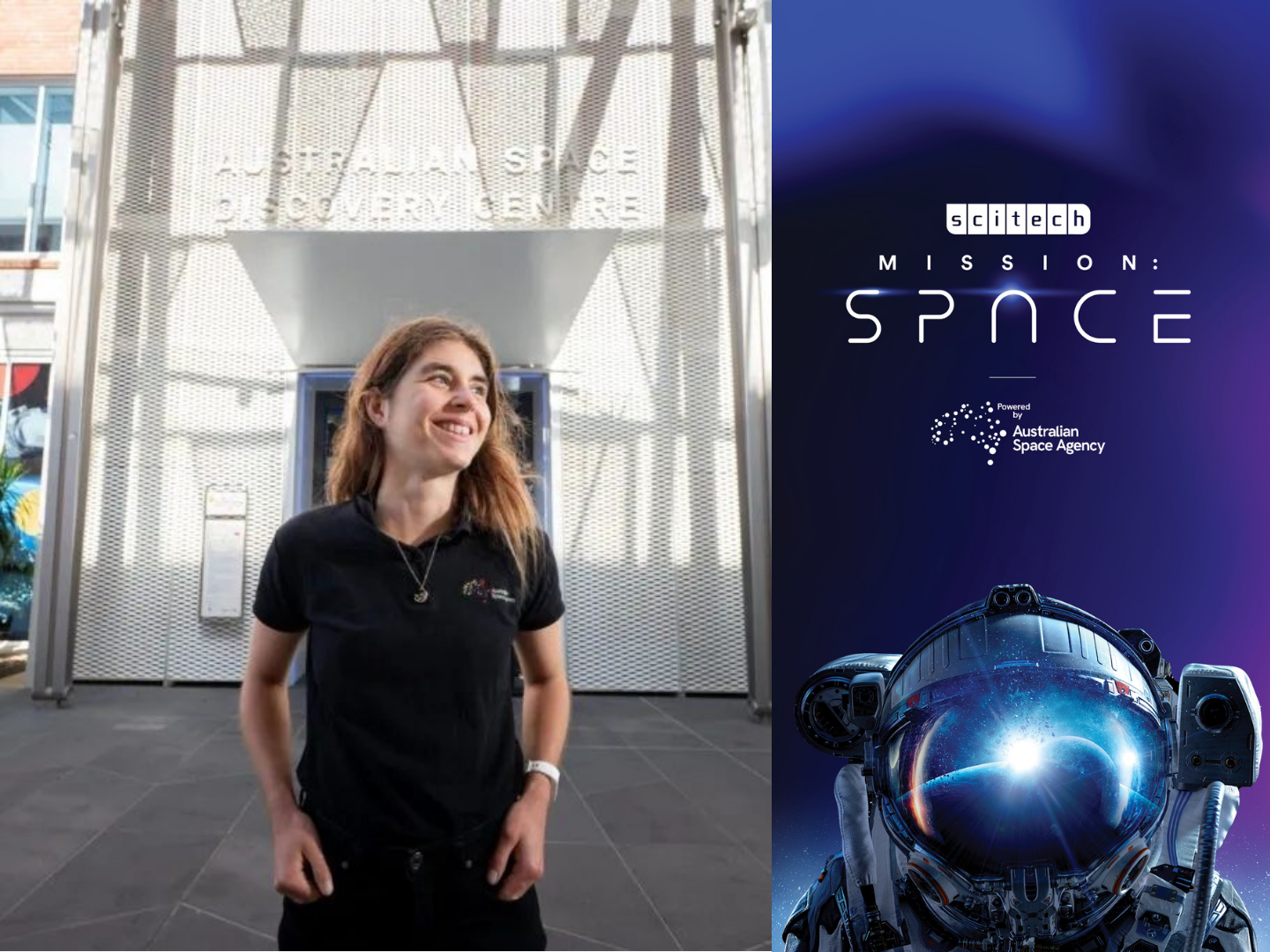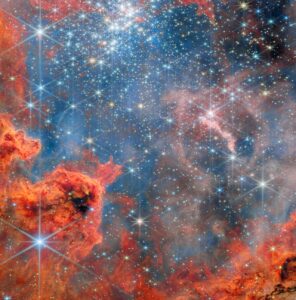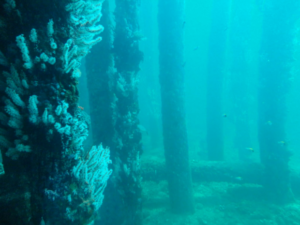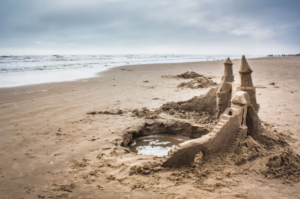The area between 160km and 1000km from the Earth’s surface is known as low Earth orbit (LEO). And it’s full of junk.
According to NASA, LEO is considered to be the world’s largest collection of space garbage – with no requirements to clean it up. It’s full of old broken satellites and physical remnants of space missions gone awry.
“More countries and companies have access to space and the regulation is not quite there yet, so it can be hard to figure out who has responsibility for different things,” says Lauren Springer, Space Science and Sustainability Officer at the Australian Space Agency.
But physical junk isn’t the only issue that needs to be tackled when it comes to space sciences.
Lauren is working to ensure areas of the sky are free of light pollution and satellite radio waves that may interfere with the detection of faint signals from outer space.
“It’s about making sure that both researchers and amateur astronomers have the opportunity to have equitable access to dark and quiet skies for science,” says Lauren.
Poetry in procrastination
Considering the focus of her current job, one would be forgiven for thinking Lauren was interested in space from a young age – an assumption that is far from the truth.
“I was not naturally gifted at maths or physics,” says Lauren.
“I consistently struggled with my Year 11 maths classes.”
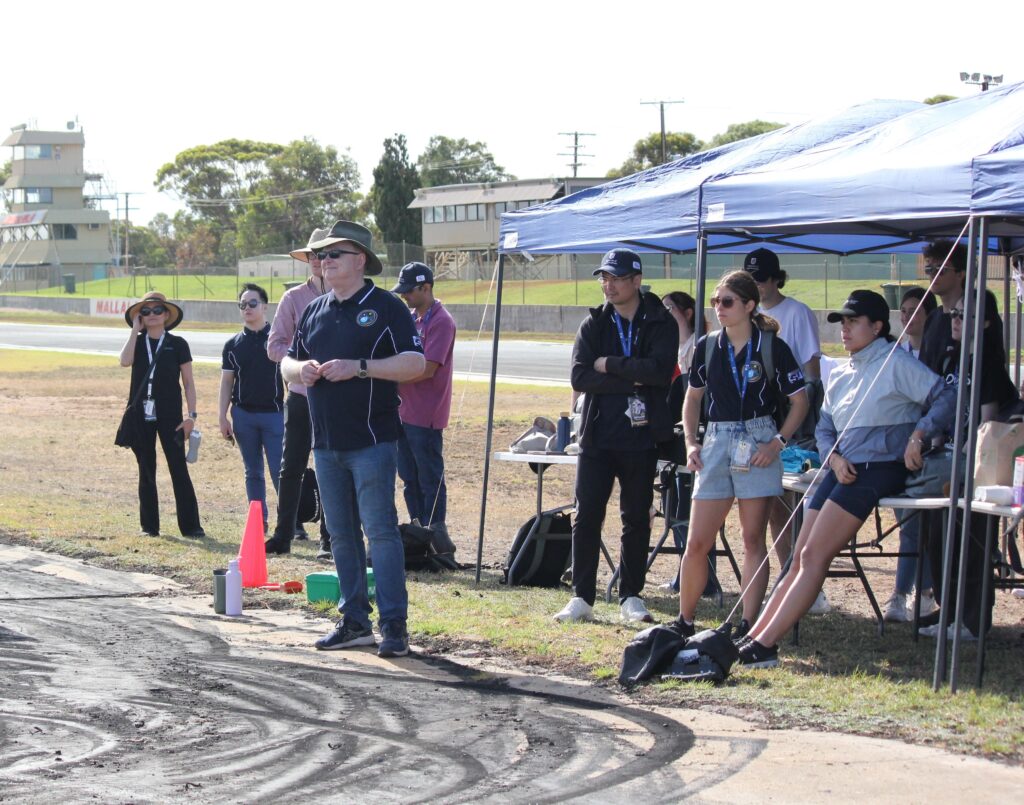
Credit: International Space University
In fact, when Lauren passed one of her maths exams, it was a major celebration.
“I got home and my teacher had called my parents, and they bought me a cake with the candles ‘50%’ on them,” laughs Lauren.
“Up until around Year 10 or 11, I actually wanted to be a writer,” she says.
However, one night of procrastination completely changed her ambitions.
“I was watching YouTube and this video just randomly popped up and [it] was talking about how stars and galaxies are formed in the universe.
“And there was a quote in that video that ‘we are all formed out of the heart of a dying star’ … As a literature student, I thought that was one of the most poetic things I’ve ever heard,” says Lauren.
As the saying goes, the rest is history.
This one quote inspired Lauren to ask more questions about the universe, which eventually led her to where she is today – the Australian Space Agency.
Lauren’s love of writing has been a crucial part of her STEM journey. Her ability to summarise complex astronomy, using plain English, has been crucial in securing the funds needed for future research.
“You can have all the expertise … but if you can’t communicate them, then you’re not gonna get very far. Especially when communicating to Ministers – they may not have the technical background that you do,” says Lauren.
From board rooms to research labs
No one day is the same in Lauren’s job as Space Science and Sustainability Officer.
Sometimes she’s out visiting different labs like the Plants for Space ARC Centre for Excellence to learn about the latest developments in space research.
“We aim to keep making sure that, from an agency standpoint, we’re facilitating [their research] as best as we can,” she says.
Sometimes Lauren is focused on building and maintaining relationships with local and international experts.

Credit: International Space University
“I sit on what’s called the international science working group, which is open to space agencies across the world, and we update each other on the research ecosystem and what’s happening in our communities,” says Lauren.
Closer to home, Lauren often briefs government officials about the latest research findings so they can continue to support the industry.
“They might reach out to us and ask for our expertise in a particular area while developing a policy document, so we will support them with that,” she says.
Overcoming imposter syndrome
Despite loving her job, Lauren acknowledges space sciences is a challenging field of work.
Throughout school and university, Lauren doubted herself and thought about giving up, but she persevered.
“I was really fortunate to have a good support network around me,” she says.
“It is easy to be intimidated, but a lot of it is really just hard work. If you’re willing to put the work in, even if you’re not as talented as someone else, you can guarantee that you will eventually come out on top because it’s that work ethic that really drives success,” says Lauren.
Lauren is involved in the Mission: SPACE program delivered by Scitech and powered by the Australian Space Agency. You can register for this nationwide virtual excursion here.
